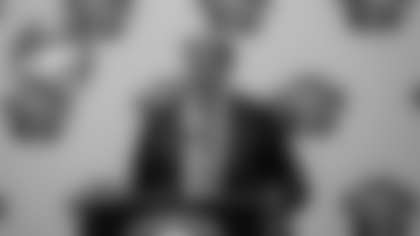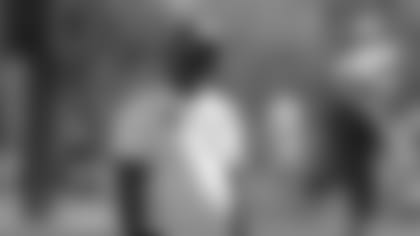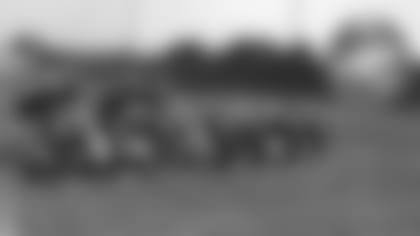*Rigney Dwyer missed the 1920 team photo because of his accident, but his picture was then superimposed in the back row.
*
The day before Thanksgiving, 96 years ago, Green Bay Packers end Rigney Dwyer, while working the night shift of his real job with the railroad, slipped under a moving train car and nearly bled to death before having an arm and leg amputated.
In the storied history of what is arguably the most storied franchise in pro football, there is no one story that tugs at the heartstrings and begs to be remembered at this time of year more than Rigney Dwyer's.
What's more, if there was ever a single spark that ignited the lasting love affair between the Packers and their fans, it arguably was Dwyer's accident.

A World War I veteran, Dwyer started at left end in eight of the Packers' 11 games in 1919, their maiden season, and in the first nine games in 1920. Prior to serving 18 months in France during the war, Dwyer played football for Green Bay West High School and graduated with the class of 1917.
"'Pig Iron' as the fellows call him, played four years on our noteworthy team," West's yearbook from his senior year stated. "Dwyer was a hard fast tackler. When he was called upon he played an aggressive heady game."
Dwyer was working as a switchman in the rail yard of the Chicago, Milwaukee, St. Paul and Pacific Railroad – more commonly known as the Milwaukee Road – when he fell beneath the moving car at about 3 in the morning. There were no witnesses, but his cries for help were answered in time.
He was taken to St. Vincent Hospital where he had his left arm and leg amputated.
"According to the doctors, it was only Dwyer's superb physical condition that enabled him to survive injuries that would have killed the average man," the Green Bay Press Gazette's Nov. 26 update on Dwyer's condition read.
The previous day the Packers beat the Stambaugh Miners, 14-0, in their first Thanksgiving Day game. "Remember Dwyer" was the rallying cry that Thanksgiving at Green Bay's Hagemeister Park.
"Besides playing their hardest, scores of the contest were flashed to the hospital after every quarter," the Press-Gazette reported. "Despite his condition, Dwyer showed a keen interest in the game and wanted to know how it was coming out.
"Probably there has been no accident in a long while that has stirred Green Bay to greater sympathy. Expressions of sorrow over Dwyer's untimely injuries could be heard on all sides. There was one continual stream of telephone calls at the hospital inquiring about his condition and his friends swamped the hospital wardens with packages of flowers."
Plans for a benefit game were also launched.
On Sunday, Nov. 28, the Packers completed their second season with a 26-0 victory over the Milwaukee Lapham Athletic Club. Between halves a message from Dwyer sent via Western Union Telegram was read at Hagemeister Park.
"Even the nurse is with you – go get 'em. Riggie."
The next night, a meeting was held at the Indian Packing Plant to finalize plans for the benefit. It had already been determined to play what essentially would be a Packers intra-squad game with enough reinforcements to fill out the rosters. Curly Lambeau was named captain of the Bellevue Ice Creams and Jack Dalton captain of the Northern Paper Mills.
Dalton had been named coach of the Packers in August when there was some uncertainty whether Lambeau would be available that fall. Five weeks later, Lambeau was named captain of the Packers after his last-minute dropkick in their season opener produced a 3-3 tie with the Chicago Boosters.
Dalton started at either quarterback or fullback in all but one of the Packers' games that season. Lambeau started at either right halfback or left halfback in all but two games.
Lambeau coached East High School; Dalton coached West.
So the captains of the two teams, if not the players, were rivals.
"Lambeau is certain his charges will whip Dalton's men as East beat West, but Dalton predicts the 'worm will turn,'" the Press-Gazette noted in its Nov. 30 edition.

Almost overnight, the first 3,000 tickets printed for the benefit game were sold. Additional donations of up to $100 were set aside in a separate fund established by C.M. "Neil" Murphy, a local typewriter salesman who had replaced co-founder George Whitney Calhoun as the Packers' manager that year.
The manager of the Beloit team, which had administered the Packers' only two losses in their first two seasons and become their bitterest rival by that point, sent a letter of sympathy to Murphy.
"We all remember Dwyer as a hard fighting but clean football player and we sincerely regret that he was the victim of such an awful accident," Dennis McCarthy, the Beloit manager, concluded in his letter.
On Dec. 5, 1920, some 4,000 fans watched as Lambeau's Bellevues beat Dalton's Northerns, 21-13. The Northerns wore the green sweaters of St. Norbert College; the Bellevues, the red and white uniforms of East High School.
Dwyer received updates in the hospital. The Northern Paper Mill Band entertained the crowd. Flowers donated by the Meier-Schroeder Co. were sold with the proceeds going to the benefit fund.
Three days after the game, Dwyer expressed his heartfelt thanks in a statement given to the Press-Gazette. He said all the messages of good cheer and sympathy had given him encouragement to fight on.
"It makes life sweeter and the hope of the future more greater and that Dear Old Green Bay is the best place in the world," said Dwyer.
The next day, Murphy visited Dwyer at the hospital and presented him with a check for $4,053.02. Based on the CPI Inflation Calculator, that would be roughly $49,000 in today's money.
"In behalf of the Packers, I want to thank everybody for their splendid assistance," said Murphy. "It's cooperation of this kind that helps make life worth living."
Less than two months later, Dwyer sat in a wheelchair and watched three fights on a boxing card at the Hagemeister Park Armory. A month after that, he was back home with his family after 14 weeks in the hospital.
The following year, Dwyer was elected Register of Deeds of Brown County and served 22 years.
He died in 1944 at age 48, and was buried in Fort Howard Cemetery on Green Bay's west side.















